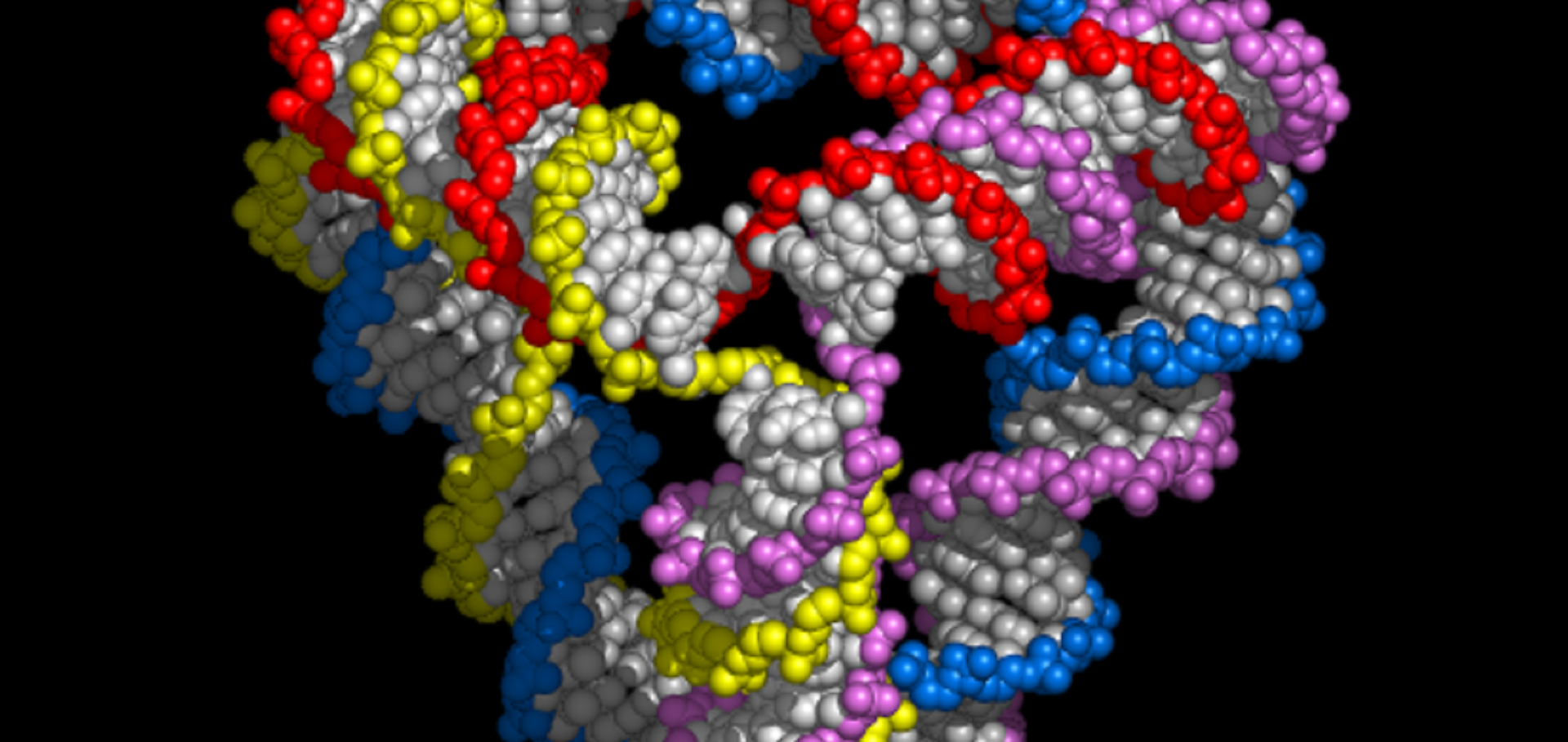Registration of single quantum dots using cryogenic laser photolithography
APPLIED PHYSICS LETTERS 88:19 (2006) ARTN 193106
Chemistry: Rapid chiral assembly of rigid DNA building blocks for molecular nanofabrication
Science 310:5754 (2005) 1661-1665
Abstract:
Practical components for three-dimensional molecular nanofabrication must be simple to produce, stereopure, rigid, and adaptable. We report a family of DNA tetrahedra, less than 10 nanometers on a side, that can self-assemble in seconds with near-quantitative yield of one diastereomer. They can be connected by programmable DNA linkers. Their triangulated architecture confers structural stability; by compressing a DNA tetrahedron with an atomic force microscope, we have measured the axial compressibility of DNA and observed the buckling of the double helix under high loads.Rapid chiral assembly of rigid DNA building blocks for molecular nanofabrication.
Science 310:5754 (2005) 1661-1665
Abstract:
Practical components for three-dimensional molecular nanofabrication must be simple to produce, stereopure, rigid, and adaptable. We report a family of DNA tetrahedra, less than 10 nanometers on a side, that can self-assemble in seconds with near-quantitative yield of one diastereomer. They can be connected by programmable DNA linkers. Their triangulated architecture confers structural stability; by compressing a DNA tetrahedron with an atomic force microscope, we have measured the axial compressibility of DNA and observed the buckling of the double helix under high loads.2-D DNA scaffolds for protein structure determination
2nd Conference on Foundations of Nanoscience: Self-Assembled Architectures and Devices, FNANO 2005 (2005) 165-175
Abstract:
We report the design and fabrication of two self-assembled DNA crystals and the use of a DNA-binding protein to control the crystal structure. Both arrays are built from the same four oligonucleotides: addition of the bacterial recombination protein RuvA during self-assembly completely changes the lattice symmetry and connectivity. By analyzing transmission electron micrographs we have produced 2-D density maps of both RuvA-DNA and DNA-only crystals to below 30Å. Such specially designed 2-D DNA templates, used to create ordered protein arrays, may provide a tool for determining the structure of proteins that do not readily crystallize.© 2005 by ScienceTechnica, Inc.Photonic crystals with a chiral basis by holographic lithography
PHOTONICS NANOSTRUCT 3:2-3 (2005) 79-83


